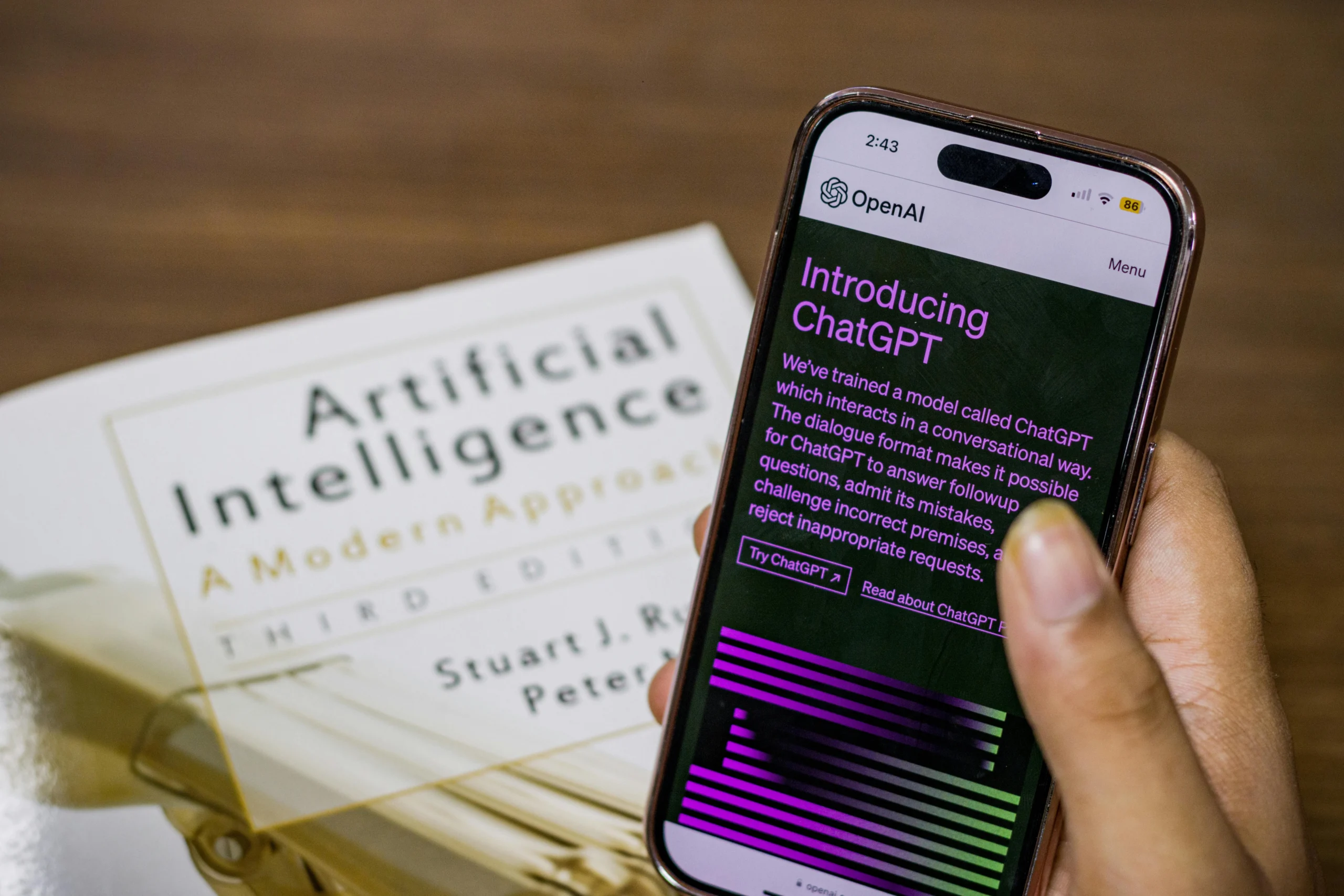Navigating The Grey Area: Ensuring Integrity In AI-Generated Content

Artificial Intelligence (AI) has become an ever-increasing part of digital content production and consumption, creating challenges for humans when engaging with digital content. Artificial Intelligence already has had an enormous impact on various aspects of our life such as social media feeds and news articles that we read, and its influence will only become greater over time. As AI becomes more advanced and sophisticated it generates data that has raised serious ethical and legal concerns among its proponents as well as general consumers of its outputs.
The term “grey area” aptly captures the complexity of AI-generated material. This area encompasses the murky boundaries between authenticity and manipulation, originality and duplication, and reliability, and bias – essential considerations when successfully navigating such an environment. A multidimensional approach that considers technical, ethical, and regulatory considerations will enable successful navigation through this grey zone.
Understanding Ai-Generated Content
Artificial intelligence-generated content refers to any digital material created or edited by algorithms instead of people, such as computer-generated artwork and music compositions, news items, product reviews, or automated news updates. Artificial intelligence systems use vast amounts of data to produce results that closely resemble what would be produced by people themselves.
Technical Safeguards
To address concerns over the integrity of content generated by AI, effective technical safeguards are essential. For example, plagiarism, disinformation, and bias issues can be detected and mitigated using techniques such as natural language processing (NLP), computer vision, and deep learning algorithms.
1. Content Verification: Automated systems can quickly verify the authenticity of artificial intelligence-generated content by cross-referencing with reliable sources, identifying inconsistencies, and analyzing metadata. Blockchain provides unchangeable records of content creation and modification for use as evidence in future investigations of falsehood claims or disputes over authenticity.
2. Bias Detection: Through AI training algorithms can recognize and remove bias from content generated by artificial intelligence. Developers are then able to reduce discriminating or prejudicial information spread through these programs by conducting analysis of training data and monitoring its output.
3. Measures Of Transparency: By employing transparency measures such as prominently marking content created by artificial intelligence, users are better able to distinguish between material provided by humans and material generated by machines. Increasing responsibility and trust by providing details regarding algorithms used, data sources used, potential biases present, etc can increase responsibility and trust with users.
Matters With Ethical Implications
Ethical considerations play a pivotal role in making sure AI content generated is genuine and honest, and developers, policymakers, and users must work collaboratively towards solving difficult ethical problems together – such as consent issues, privacy considerations, or the influence on society.
1. Agreement And Attribution: Any use of content created using artificial intelligence should adhere to clear criteria, including receiving permission from those whose data is utilized and attributing producers correctly. Failing this may result in violations of intellectual property rights and damage to trust between producers and users of AI content.
2. Protection Of Privacy: Artificial intelligence algorithms frequently utilize vast datasets to develop content, raising privacy issues surrounding the collection and use of this information. Protecting sensitive information while still enabling artificial intelligence to fulfill its functions can be achieved with privacy-preserving approaches like differential privacy or federated learning.
3. Impact On Society: Artificial intelligence-generated content can have profound effects on public opinion, and decision-making processes and worsen social divisions. Ethical frameworks should take account of this potential harm when developing AI systems for use within society, to foster inclusion, diversity, and equity during content production and distribution processes.
Frameworks Of Regulation
When it comes to setting standards and providing accountability systems for information generated by artificial intelligence, regulatory frameworks play a pivotal role. An increasing number of governments and international organizations have come to recognize that comprehensive rules must be put in place to manage issues in the digital domain.
1. Data Governance: Mechanisms that ensure openness, accountability, and user control over personal information collected and used by AI systems should receive top priority from regulatory bodies. As a basis for protecting individual rights (GDPR provides one such framework).
2. Accountability Of Algorithms: Regulatory frameworks should be created to hold creators of artificial intelligence systems responsible for any results produced by these systems, including any material produced. Through auditing methods, impact evaluations, and certification schemes, any potential risks posed by information generated by artificial intelligence systems can be evaluated and mitigated accordingly.
3. Collaboration Across Sectors: To effectively address issues surrounding artificial intelligence content generation, collaboration among various sectors such as technology companies, academic institutions, civil society organizations, and government agencies must take place to share information, develop best practices, and coordinate solutions to new challenges through multi-stakeholder initiatives.
Final Thoughts
As we navigate the murky waters of content produced by artificial intelligence, we must uphold core values like integrity, openness, and ethics to effectively navigate content produced by this technology. There must also be an integration of scientific advancements, ethical considerations, and regulatory frameworks to minimize risks while simultaneously increasing benefits from artificial intelligence technology for society. For success when working with content produced by artificial intelligence technology to occur, it is vital for all parties involved to work collaboratively and take responsibility for their actions.
Read Also The Role of AI in Fraud Detection and Risk Management




